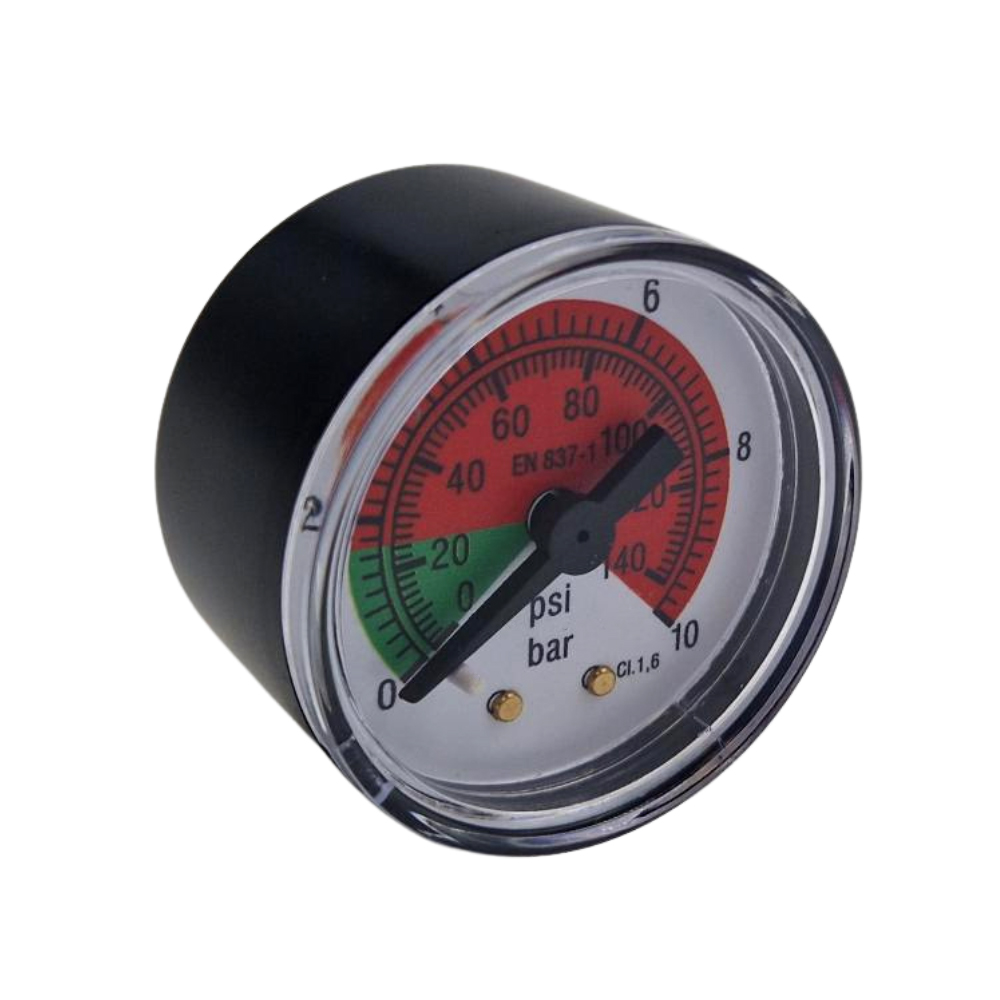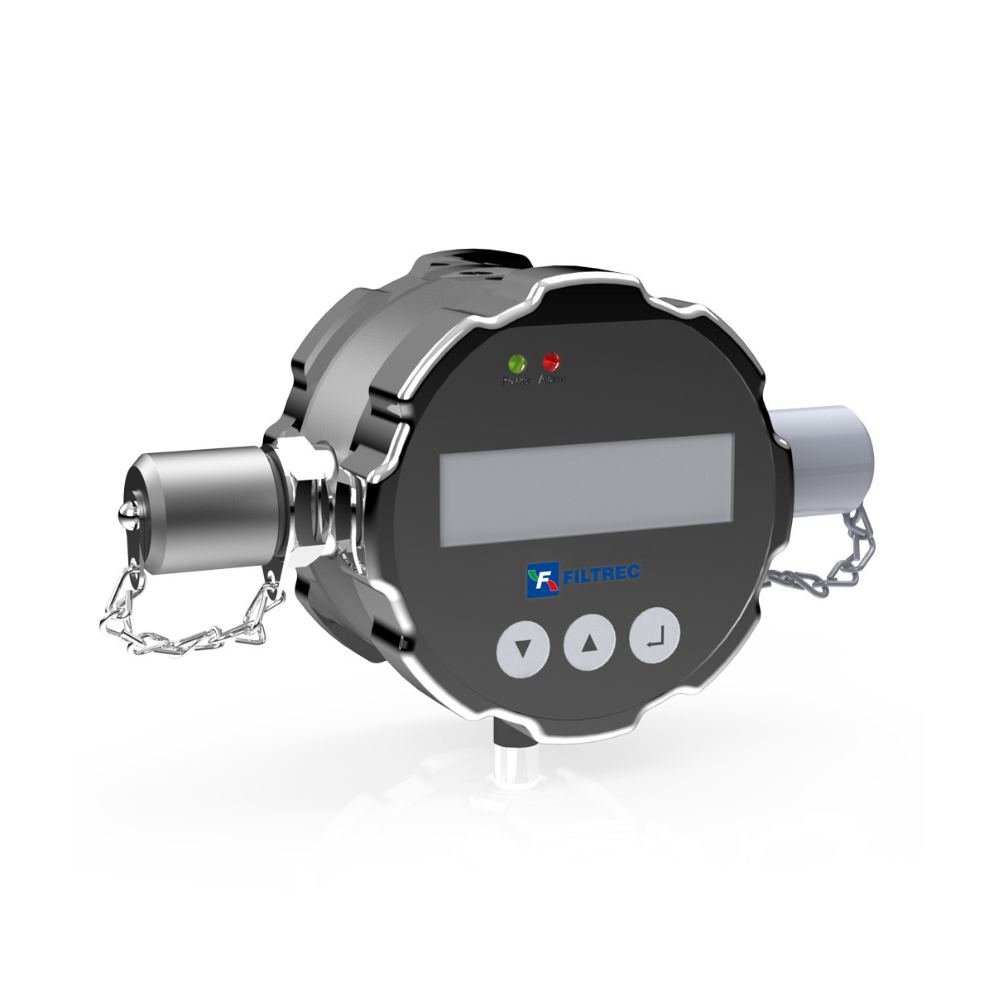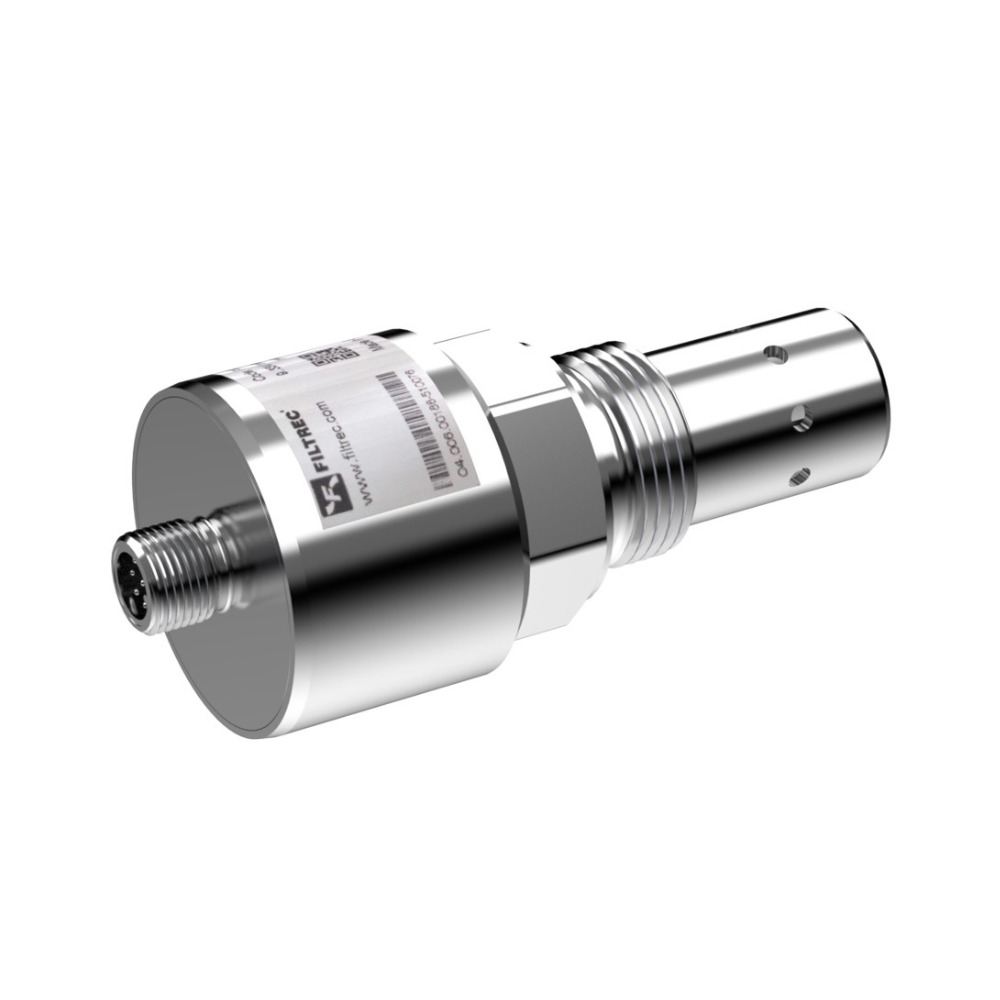The Importance of In-Line Filtration: Keeping Your Systems Clean and Efficient
What is in-line filtration, and how does it work?
In-line filtration refers to the process of filtering fluids as they flow through a system, typically within a pipeline or hose. This filtration method is used in various applications, including hydraulic systems, fuel systems, and water treatment, to remove contaminants such as dirt, debris, and other particles from the fluid. In-line filtration is a crucial aspect of fluid management in various industries, ensuring that systems operate efficiently and reliably by keeping fluids clean and free of harmful contaminants.

What are the main benefits of using in-line filters in hydraulic systems?
Contaminant Removal: In-line filters effectively capture and remove particulates, dirt, debris, and other contaminants from hydraulic fluids, preventing damage to system components.
System Longevity: By filtering out harmful particles, in-line filters reduce wear and tear on hydraulic pumps, valves, and actuators, extending their operational life and decreasing the frequency of maintenance.
Improved Efficiency: Clean hydraulic fluid promotes better flow and reduces resistance in the system, which can enhance overall efficiency and performance.
Reduced Downtime: With effective filtration, the likelihood of system failures and breakdowns decreases, leading to reduced downtime and maintenance costs.
Enhanced Reliability: In-line filters help maintain consistent system performance by ensuring that hydraulic fluids remain clean and free from contaminants that could cause malfunctions.
Protection Against Failures: By trapping contaminants before they reach sensitive components, in-line filters provide an essential line of defence against hydraulic system failures.
Cost-Effectiveness: While there is an initial investment in in-line filters, the reduction in maintenance costs, repairs, and equipment replacement can result in long-term savings.
Versatility: In-line filters are available in various sizes and configurations, making them suitable for a wide range of hydraulic applications and systems.
Ease of Maintenance: Many in-line filters are designed for easy access and replacement, simplifying the maintenance process and encouraging regular checks.
Compliance with Standards: Utilizing in-line filters can help organizations meet industry standards and regulations related to fluid cleanliness and system operation.
How do I choose the right in-line filter for my application?
Fluid Compatibility: Ensure the filter material is compatible with the hydraulic fluid you are using (e.g., oil, water-based fluids, etc.). Some filters are specifically designed for certain fluid types.
Micron Rating: Identify the size of particles you need to filter out. Different applications may require different filtration levels (e.g., 10, 25, or 50 microns) higher or lower depending on the line where the filtration occurs, for example suction filtration is often less fine than return and Pressure filters due to the risk of Cavitation to a Hydraulic Pump.
Flow Requirements: Ensure that the filter can handle the required flow rate of your system. Check the filter’s flow capacity to avoid pressure drops that could affect system performance.
Pressure Rating: Verify that the filter can withstand the system's operating pressure.
Dimensions: Choose a filter that fits within your system's available space. Consider the overall size and any installation constraints.
Connection Type: Ensure the filter has compatible inlet and outlet connections (e.g., threaded, flanged, etc.) to match your hydraulic system.
What types of contaminants can in-line filters remove from fluids?
Particulate Contaminants such as Dust and Dirt, Metal Shavings, Rust and Scale.
Water Contamination, Unwanted water that can mix with hydraulic fluid, leading to decreased lubrication properties and potential system damage.
Emulsified Water: Water that becomes mixed with oil, forming an emulsion, which can compromise fluid integrity
Oil Debris, Aged or Degraded Oil: Over time, hydraulic oil can break down and produce sludge or varnish that clogs filters and can lead to system failures.
Chemical Contaminants, Unwanted additives or residues from lubricants or other fluids that can negatively impact system performance.
How often should in-line filters be replaced or cleaned?
Establishing a regular maintenance schedule for in-line filters is crucial for maintaining the performance and longevity of hydraulic systems. Regular inspections, combined with manufacturer guidelines and real-time monitoring of system conditions, will help determine the appropriate frequency for cleaning or replacing filters. Always prioritize cleanliness to ensure optimal operation and prevent costly damage to equipment.
What is the difference between in-line filters and other types of filters?
In-line filters and other types of filters serve the same primary purpose: to remove contaminants from fluids in hydraulic, pneumatic, and other systems. However, they differ in design, placement, and application.
In-Line Filters: These filters are designed to be installed directly within the fluid line, meaning the fluid passes through the filter element as it flows through the pipeline. This allows for continuous filtration without interrupting the flow of the system.
Other Filters: Other types, such as tank filters or suction filters, may be located outside the fluid lines. For example, tank filters are used to clean fluid in a reservoir before it is pumped into the system, while suction filters are placed at the inlet of a pump to prevent contaminants from entering the system.
What are the common materials used in in-line filtration systems?
In-line filtration systems utilize a variety of materials for their construction and filter media, depending on the application and the types of fluids being filtered.
Fiberglass: This material is used in filter cartridges for its high dirt-holding capacity and effectiveness in capturing fine particles. Fiberglass filters are commonly used in hydraulic and fuel filtration applications.
Paper: Disposable paper filters are often used in low-cost applications, including automotive oil filters and some water filtration systems. They are effective for fine filtration but have limited dirt-holding capacity.
What happens if an in-line filter becomes clogged?
If an in-line filter becomes clogged, several issues can arise that can affect the performance and efficiency of the hydraulic system or other systems using the filter. Here are the potential consequences of a clogged in-line filter:
Decreased Fluid Flow: A clogged filter restricts the passage of fluid, leading to a significant reduction in flow rate. This can impair the functioning of hydraulic systems or other applications reliant on consistent fluid movement.
Fluid Heating: A reduction in flow can cause fluid to circulate less efficiently, leading to overheating. In hydraulic systems, excessive heat can damage components and reduce lubrication effectiveness.
Component Strain: If the flow is significantly reduced, it may cause hydraulic pumps and other components to work harder to maintain pressure. This can lead to premature wear or failure of those components.
Bypass Mechanism Activation: Many filters have a bypass mechanism that allows fluid to flow past the filter if it becomes clogged. While this protects the system from pressure damage, it also means that unfiltered fluid containing contaminants can enter the system, leading to potential damage or failure.
Contaminant Build-up: When filters become clogged, they cannot effectively remove contaminants from the fluid, leading to a decrease in fluid quality. Contaminated fluid can cause wear and damage to hydraulic components over time.
How can I monitor the condition of an in-line filter?
Monitoring the condition of an in-line filter is essential to ensure optimal performance and prevent system failures. Here are several effective methods to monitor the condition of an in-line filter:
Regular Checks: Perform routine visual inspections of the filter housing and connections. Look for signs of leaks, corrosion, or physical damage.
Install Clogging Indicators: Place pressure gauges before and after the filter to measure the pressure drop across it. A significant difference in pressure indicates that the filter is clogged and needs maintenance
Embedded Indicators: Some filters come with built-in condition indicators that change colour or provide visual cues when the filter is nearing the end of its life or needs servicing.
Electronic Sensors: Consider using electronic monitoring systems that can track filter conditions and provide real-time data on clogging or pressure differentials.
Install Temperature Sensors: Utilize temperature sensors to provide alerts when temperatures exceed normal operating ranges.
What types of in-line filters are available at Flowfit?
In-line Suction Filters – ideal when using a suction strainer is not feasible or optimal. Our spin on inline suction filters come complete with a visual clogging indicator ensuring that you know when the right time is to change the element
In-line Return Filters - ideal when using a tank top variant is not feasible or optimal. Our spin on inline return filters come complete with a visual clogging indicator ensuring that you know when the right time is to change the element.
High Pressure In-line Filters - designed to operate effectively within high pressure ranges, typically ranging from 10 bar (145 psi) to over 344 bar (5,000 psi)
Medium Pressure In-line Filters - designed to operate effectively within medium pressure ranges, typically defined as pressures between 10 bar (145 psi) and 25 bar (362 psi).
Low Pressure In-line Filters - designed to operate effectively within low pressure ranges, typically defined as pressures below 10 bar (145 psi).
Last Chance In-Line Filters - these filters serve as the last stage of filtration, ensuring that any remaining contaminants are captured before the fluid reaches sensitive equipment.
Flowfit's Exceptional Hydraulic System Components and Accessories
We have had a long successful relationship with Filtrec, supplying their filters for over 27 years. We have a wealth of filtration product knowledge within our sales team for our customers to utilise. We have access to a number of European hubs for quick deliveries and are continuously investing in our already large UK stock holding and expanding our Filtrec product range. From Level indicators to High pressure filters we are your number one filter specialists.
Contact us today to speak with one of our hydraulic specialists and explore your options. You can also shop for hydraulic filtration directly through our website.
The total one-stop supplier for hydraulic components & systems
Get in touch
Parys Road
Ludlow
Shropshire
SY8 1XY












